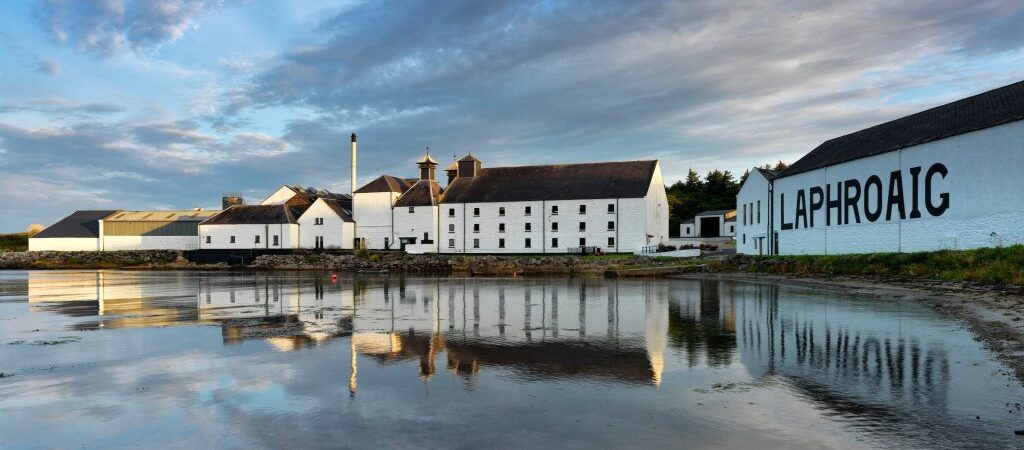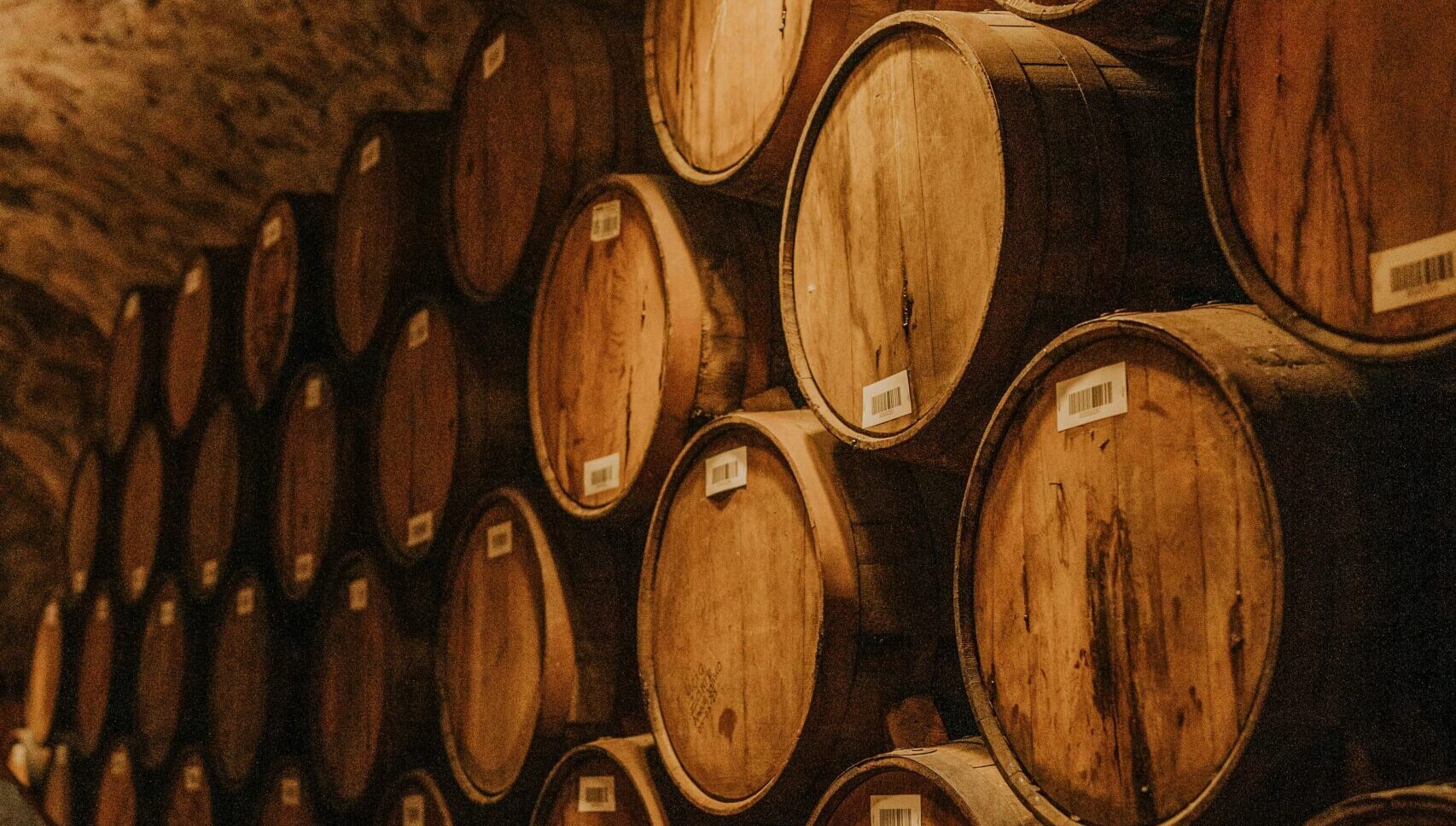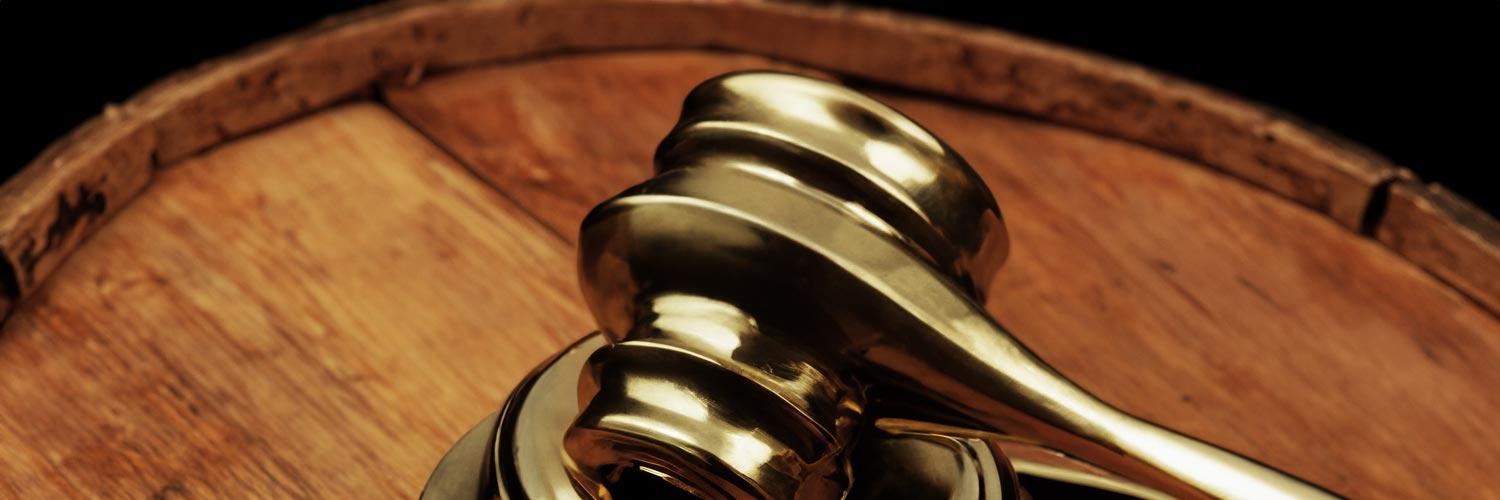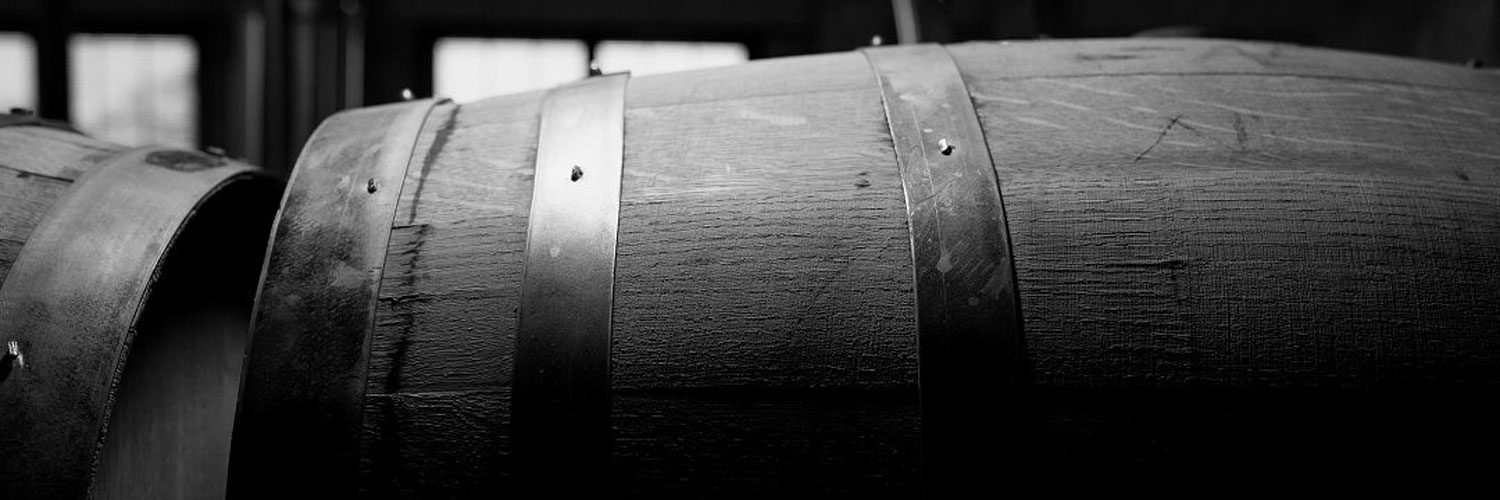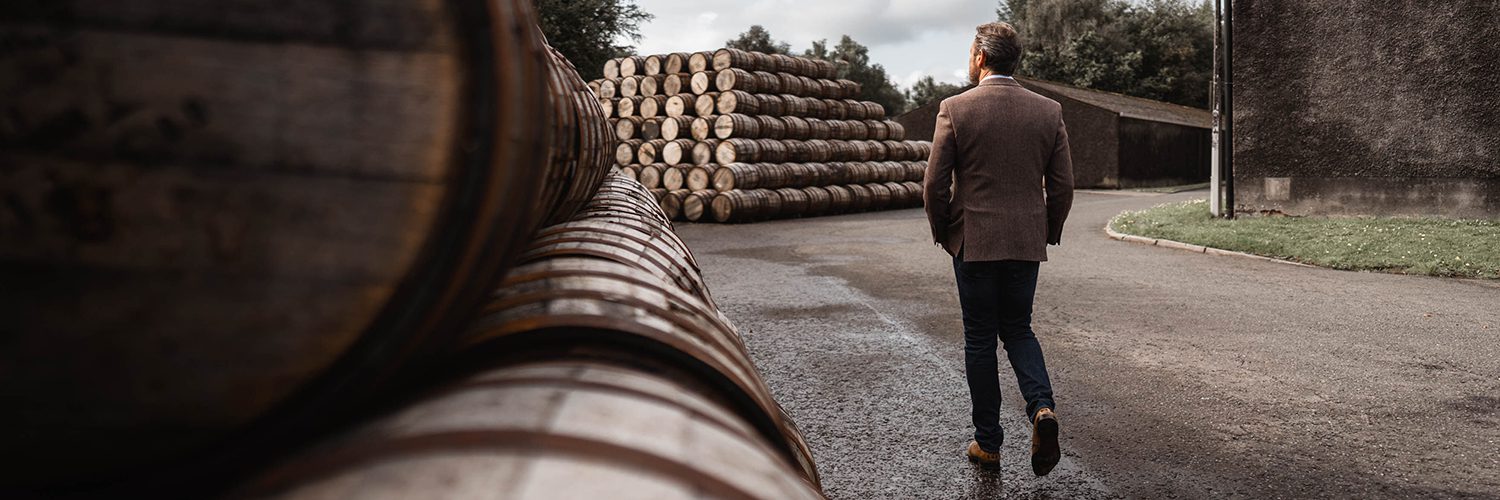In this article, we’re going to break down five key facts about this incredible substance that all Whisky lovers should know about. Whether you prefer a smokey dram or a sweeter drop, peat plays an incredibly important role not only in Whisky but in the world around us.
 Learn
Learn
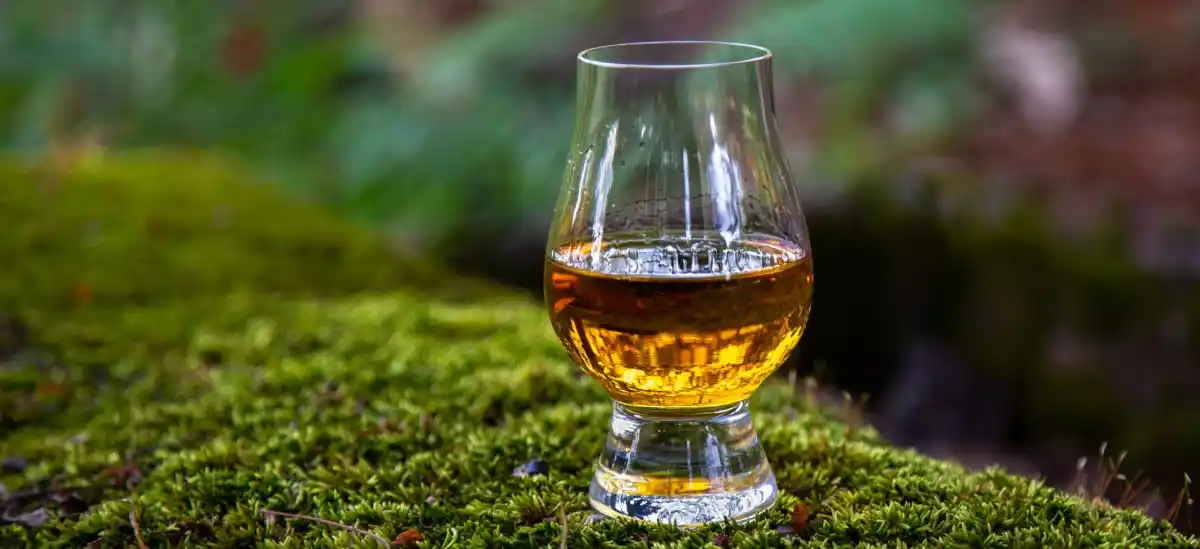
Peat is a spongy substance made up of compressed decaying vegetation. Although not technically classed as a fossil fuel, peat is the first geological step in the formation of coal.
Just like coal, peat is well known as a fantastic source of fuel, easily igniting once dried. When burnt, peat gives off a strong aromatic smoke, the key characteristic which many distilleries use to flavour their Whisky.
Covering an amazing 23% of Scotland, peat was heavily relied upon to fuel homes, factories and of course distilleries before access to alternative fuels, such as coal, became easier to access.
After the development of railway networks made this access easier, many Lowlands and Speyside distilleries phased out the use of peat.
This left the more remote and traditional distilleries, such as those found on Islay and Orkney, to become world renowned for their smokey peated Whisky.
It’s not just the Scottish producing peated Whisky either, with distilleries in India, Japan and New Zealand also producing fantastic peated Whiskey.
Although distilleries could use peat to heat the stills and even use the water drawn from peat bogs as a source, it is in fact the burning of peat during the malting phase that creates the iconic taste.
During the malting phase, the barley is steeped in water and allowed to germinate before the process is stopped by heating the barley in the kiln.
When burning peat to heat the kiln, groups of compounds known as phenols are released in the peat smoke. Oily in nature, the phenols adhere to the damp barley, creating the rich smokey flavour we have come to know and love.
The perceived flavour of peat comes from the level of phenols found within the barley. These levels are then measured and quoted as PPM (parts per million).
Whilst measuring a Whisky’s smokiness by the PPM is commonplace, it’s often very misleading and shouldn’t be a deciding factor when choosing your next dram. This is because the PPM is measured in the barley before distillation takes place.
Many factors within the Whisky-making process actually remove phenols from the final product, meaning although two distilleries can use the very same peated barley, the final Whiskies can taste worlds apart!
Covering just 3% of the world’s surface, peat is the world’s best carbon store, safely locking away an incredible 67% of the carbon within the atmosphere.
As an active ecosystem, peatland’s qualities are unrivalled, storing up to ten times more carbon than any other ecosystem.
Growing at just 1mm per year, it’s of critical importance that peat is protected with current damage levels already emitting two gigatonnes of CO2 every year, which accounts for almost 6% of all global greenhouse gas emissions.
Thankfully the world of Whisky is fully aware of the challenges ahead and although Whisky accounts for just 1% of all Peat damage within the UK, the Scotch Whisky Association and its members are committed to repairing and restoring the incredible peatlands of Scotland.
Great work has already begun with Whisky brands Johnnie Walker and Lagavulin recently helping their partner charities to help restore and conserve their local peatlands.



